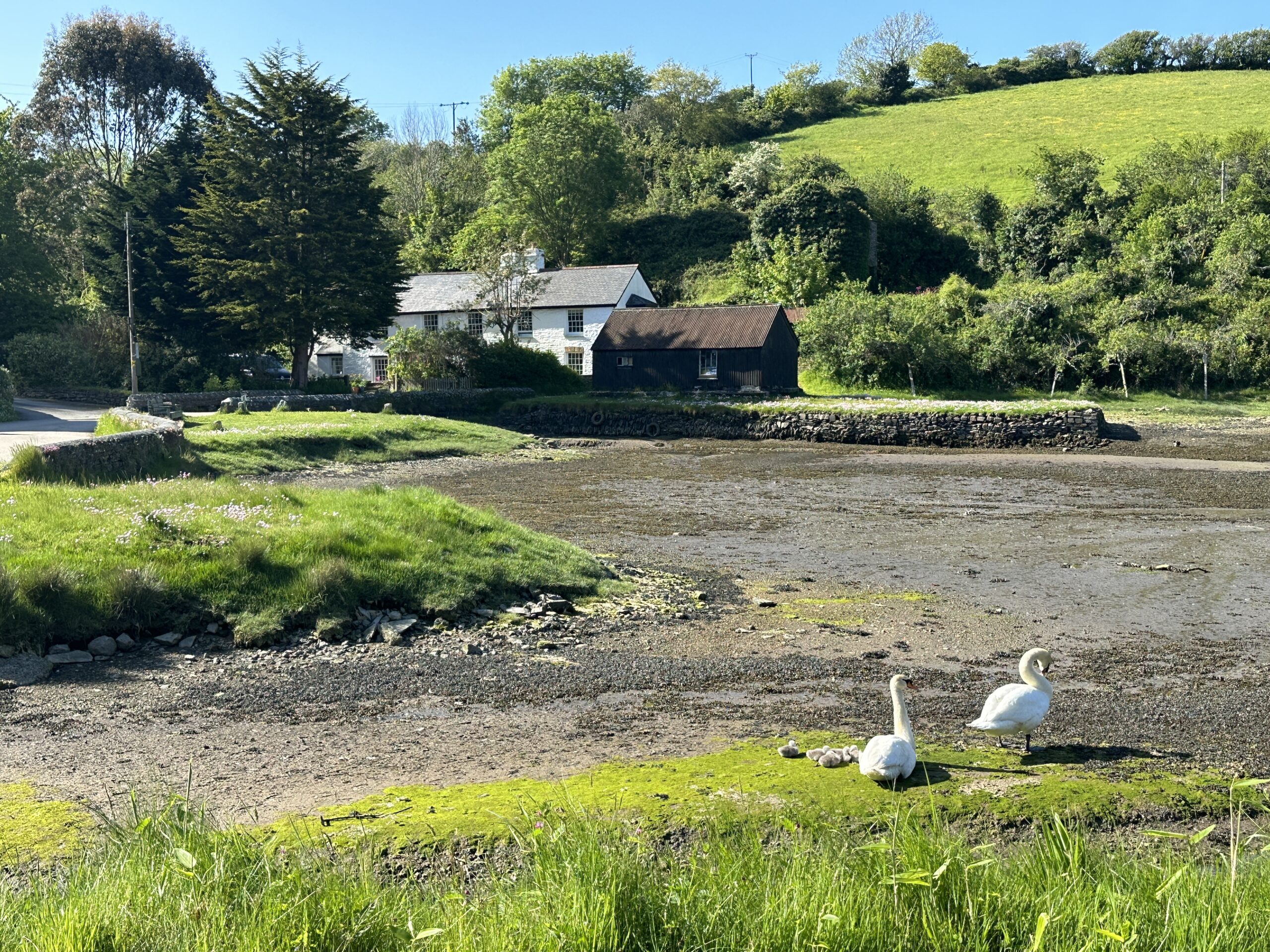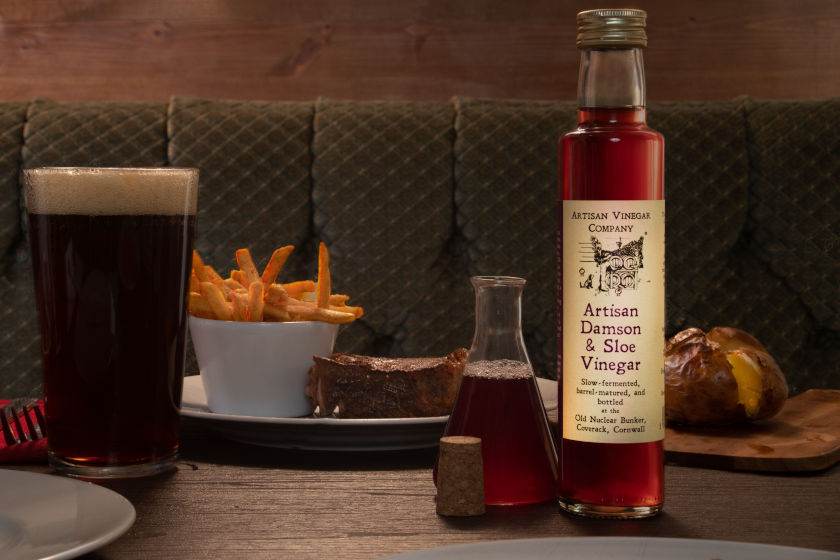Artisan Damson & Sloe Vinegar - now available - from the 2022 crop - sharp, sour, tangy - 100% Cornish 'Kea' plums and wild sloes.

The Slow Food Ark of Taste records the world’s food heritage. It encompasses the “small-scale quality productions that belong to the cultures, history and traditions of the entire planet”, from heritage pig breeds to rare cheeses and niche tomatoes. It is, of course, named for Noah’s ark — it attempts to save these precious specimens from extinction.
There are not many Cornish entries in the Ark of Taste. This author could locate just three: saffron cake, stargazey pie, and Kea plums. It’s the latter that concerns us today.
Originating in a single valley, just off the Fal river estuary, and still found almost exclusively in that place, Kea plums are a truly local variety. They have been grown in their area for over 300 years and are thought to have arrived there via Portuguese seamen in the early 1700s. Small and very tart, Kea plums are full of pectin and ideal for making preserves. They are also just coming into season!

The Artisan Vinegar Company makes its Damson and Sloe Vinegar using blue-black Kea plums (red and grey varieties also exist) from just one orchard. Claire Gunn’s family have lived in a sleepy, sheltered hamlet on the banks of one of the Fal river creeks near Kea village for generations. As you can see in the picture above, the most exciting thing that was happening there around springtime was the arrival of the cygnets.
Claire’s Kea plums are harvested the traditional way: the tree is shaken and the plums are gathered from the ground. For the vinegar recipe, this bounty of authentic Keas is supplemented with more from the vinegar makers’ very own garden about 45 minutes away, as well as sloe berries.
Claire’s orchard is just across the creek from the tea-growing Tregothnan estate, which is investing in the preservation of the Kea plum using the know-how of professional orchardists. They also sell Kea plum jam, as well as other season Kea plum products. It seems that no attempts beyond this to commercialise the fruit have been successful.
Making your own kea plum (or regular damson) jam is easy, and it’s one of the best ways to capture the flavour of this special fruit.
— Beatrix Swanson
Artisan Damson & Sloe Vinegar - now available - from the 2022 crop - sharp, sour, tangy - 100% Cornish 'Kea' plums and wild sloes.
From an innocent Horlick's to a boozy pint — and, of course, Artisan Malt Vinegar — it's all about the malt!
We are delighted to be preparing our first consignment of Artisan Malt Vinegar for export to theUSA, where it will join the impressive range of fine foods being imported by Rogers Collection –www.rogerscollection.us

The Old Nuclear Bunker,
Pednavounder,
Coverack,
Cornwall
TR12 6SE
01326 281135
info@artisanvinegar.co.uk